vampirexevipex
Member
Hello! (I'm not sure this is the right forum btw....) I've been having this hair algae problem for months! I've had hair algae before and I seemed to keep it under control with my foxface and sea hares. Everything went well until 5 months ago, this new hair algae came up and not even the sea hare, tangs, or foxface seem to eat it. WTF is this new stuff?
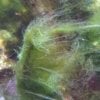
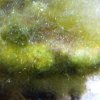
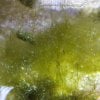

The sea hares are shrinking because of starvation:
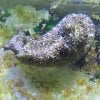 This pic he might seem big, it's actually zoomed and he is 3 inches now, he used to be 7....
This pic he might seem big, it's actually zoomed and he is 3 inches now, he used to be 7....
And the only help I got (I think since he spents all day on the algae) is this little hitchhiker (lettuce slug):
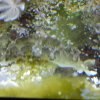
The nitrates are 0 and the phosphates are 0.15. The phosphates were 0 a week ago but jumped to 0.15, 2 days after I added a pad to control the algae. So does anyone know how to deal with this super algae? (btw: I've added alot of medications but none seem to resolve this algae issue). I doubt it's the phosphates since they were 0 when this started which was 5 months ago until a week ago...




The sea hares are shrinking because of starvation:
 This pic he might seem big, it's actually zoomed and he is 3 inches now, he used to be 7....
This pic he might seem big, it's actually zoomed and he is 3 inches now, he used to be 7....And the only help I got (I think since he spents all day on the algae) is this little hitchhiker (lettuce slug):

The nitrates are 0 and the phosphates are 0.15. The phosphates were 0 a week ago but jumped to 0.15, 2 days after I added a pad to control the algae. So does anyone know how to deal with this super algae? (btw: I've added alot of medications but none seem to resolve this algae issue). I doubt it's the phosphates since they were 0 when this started which was 5 months ago until a week ago...
